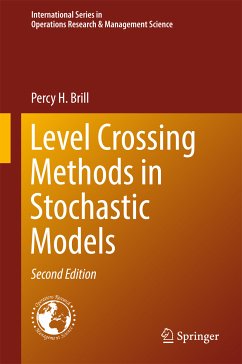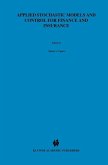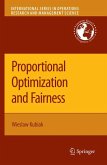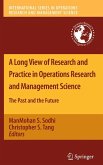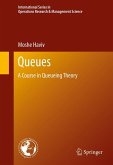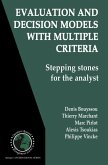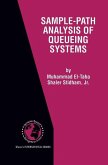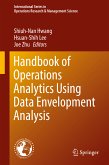This is a complete update of the first edition of Level Crossing Methods in Stochastic Models, which was published in 2008. Level crossing methods are a set of sample-path based mathematical tools used in applied probability to establish reliable probability distributions. Since the basis for solving any applied probability problem requires a reliable probability distribution, Level Crossing Methods in Stochastic Models, Second Edition is a useful tool for all researchers working on stochastic application problems, including inventory control, queueing theory, reliability theory, actuarial ruin theory, renewal theory, pharmacokinetics, and related Markov processes.
The original Chapter 10 has been split into two chapters: the new chapter 10 is on renewal theory, and the first section of the new Chapter 11 is on a risk model. More explicit use is made of the renewal reward theorem throughout, and many technical and editorial changes have been made to facilitate readability.
Percy H. Brill, Ph.D., is a Professor emeritus at the University of Windsor, Canada. Dr. Brill is the creator of the level crossing method for analyzing stochastic models. He has published extensively in stochastic processes, queueing theory and related models, especially using level crossing methods.
Dieser Download kann aus rechtlichen Gründen nur mit Rechnungsadresse in A, B, BG, CY, CZ, D, DK, EW, E, FIN, F, GR, HR, H, IRL, I, LT, L, LR, M, NL, PL, P, R, S, SLO, SK ausgeliefert werden.
"Level crossing methods are a set of sample path-based mathematical tools used in applied probability to create reliable probability distributions. It consists of 11 Chapters, 145 items in the References ... . this edition is a valuable tool for all researchers working on stochastic application problems, for example, inventory control, queueing theory, reliability theory, actuarial ruin theory, renewal theory, and related Markov processes." (János Sztrik, zbMATH 1380.60002, 2018)

